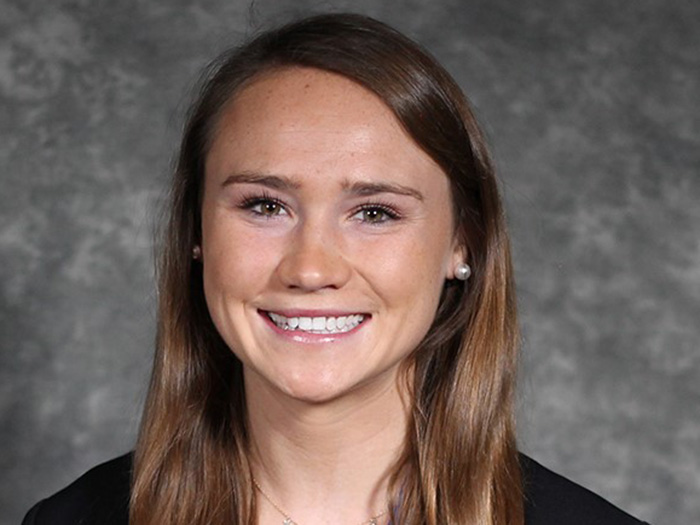Litigation Risk
Liberty! Fraternity! Liability!

Recent incidents alleging alcohol abuse, sexual assault and other bad behaviors at America’s college fraternities have drawn national attention. Much of the discussion has focused on causes and prevention, but with litigation inevitable in some of these incidents, questions of liability are sure to arise.
Individuals directly involved in such incidents face potential liability, but claims can also extend to the local and national fraternity organizations, to the universities and colleges with which they are affiliated, and even to the local chapters’ officers and their families.
“It all depends on how the claim or the complaint that is filed in court is framed. What are the allegations in that litigation? Who are the named defendants, and what are the circumstances of how it happened and can it be corroborated?” said Michael Liebowitz, senior director of enterprise risk management and insurance at New York University.
The local and national fraternities may face liability for incidents that occur during fraternity events, especially on fraternity premises. Most local chapters have liability coverage purchased by their national organizations through a handful of companies that specialize in insuring fraternities and sororities. The largest of these, James R. Favor & Co., was actually acquired by a group of national fraternity organizations in 2006.
But just because a fraternity has general liability insurance, doesn’t mean a particular incident will be covered.
But just because a fraternity has general liability insurance, doesn’t mean a particular incident will be covered.
“Insurance policies typically exclude any criminal violations. So if it’s considered a crime, the policy is not going to cover it,” said Leta Finch, leader of Aon Risk Solutions’ national higher education practice.
In March 2014, “The Atlantic” reported that most fraternities have stringent, but largely unenforced, alcohol policies in place. The vast majority of fraternity-related injuries, assaults and other incidents involved violations of alcohol policies, which effectively provide liability protection for the fraternities while placing the individual members outside the coverage.
Lisa Zimmaro, assistant vice president for risk management and treasury at Temple University in Philadelphia, said that “fraternity insurance carriers have huge exclusions for alcohol-related events and sexual assault. … If the insurance carrier for the fraternity excludes certain acts, then the victim would have to look elsewhere for compensation for damages.”
One place they might seek compensation is from the university or college with which the fraternity is affiliated — and the nature of that affiliation can help determine what liability the institution might face.
Institutions that provide fraternities with space on campus, security, financial support or other resources could be perceived as having greater liability.
Closer relationships mean greater liability. Institutions that provide fraternities with space on campus, security, financial support or other resources could be perceived as having greater liability. Those with more distant and less structured affiliations would face fewer liability issues.
Institutions should also be aware of exclusions to their coverage.
“If it is excluded on the policy and there is a finding in a civil action, the university would end up paying out of pocket. Just because there is an insurance exclusion doesn’t get them off the hook,” said Zimmaro, who added that institutions should also be aware of sub-limits.
“There maybe sub-limits, even if there’s not an outright exclusion, maybe coverage up to $5 million instead of $25 million. Know the limits of what your policy is going to pay,” she said.
The best way to avoid liability may be to prevent fraternity incidents from occurring, but ironically, codes of conduct and prohibitions on behaviors can increase liability if they lack adequate follow through.
“The minute colleges and universities start to dictate policy on fraternities and sororities, they are vicariously picking up liability, because then they are going to be forced to police it.” — Michael Liebowitz, senior director of enterprise risk management and insurance, New York University
“The minute colleges and universities start to dictate policy on fraternities and sororities, they are vicariously picking up liability, because then they are going to be forced to police it.
“[If] something bad happens because someone broke the rules, then the question is, ‘Why didn’t you have surveillance in place to monitor what was going on?’ So it is very much a double-edged sword,” said Leibowitz.
Finch pointed out that enforcing codes of conduct that lack clear consequences can also leave institutions exposed to liability from violators who feel they have been disciplined unfairly, treated inconsistently or been denied due diligence rights.
Parents of fraternity members can also face liability — and not just the parents of those directly involved in incidents.
Leibowitz said that while primary liability lies with the fraternity member who committed the acts in question, “the rest of it lies with the officers of the chapter, from the president straight on down, because they’re the ones that set the tone, they’re the ones that are supposed to control what goes on. … If you want to be an officer, it comes with responsibility, and responsibility comes with liability.”
Zimmaro agreed. “Families are sued all the time for the acts of their students who are involved in incidents involving any kind of organization where someone gets hurt. An attorney is going to look for a compensation source, and if it’s mom and dad, then it’s mom and dad.”










